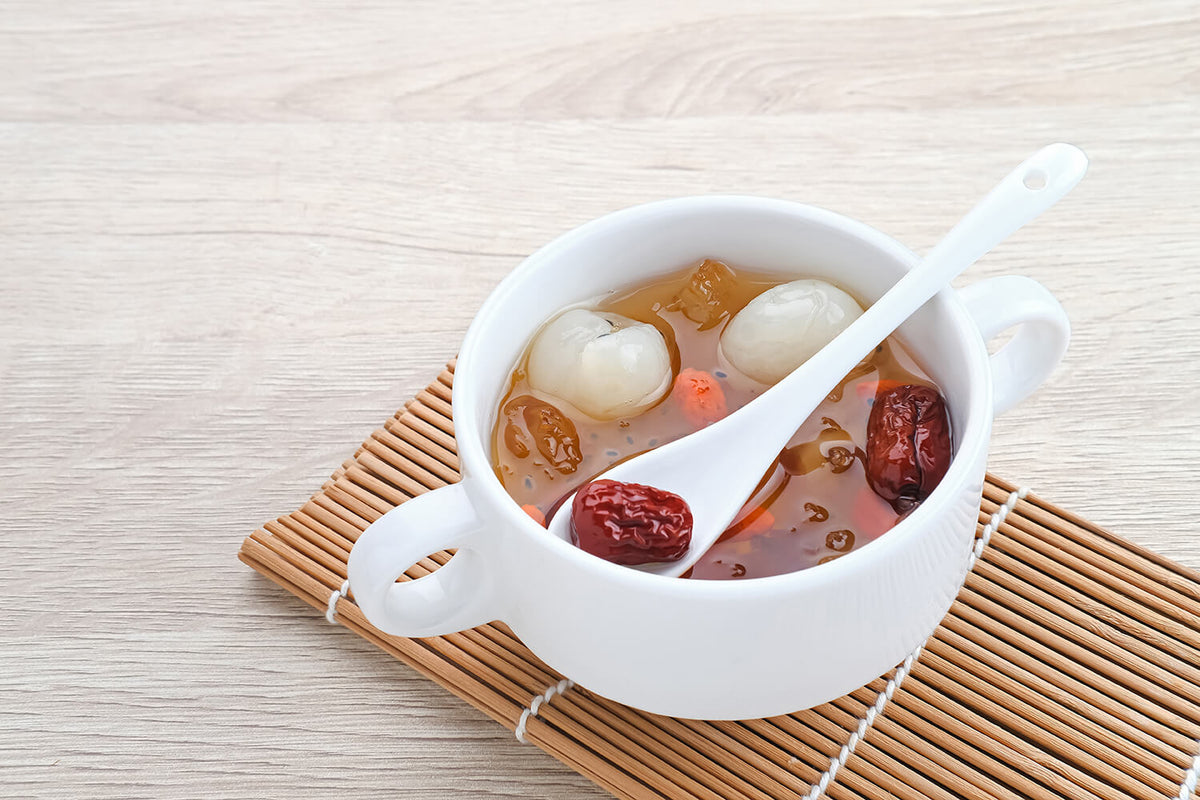
Simple Dos and Don’ts When You Consume Edible Bird's Nest
|
Time to read 4 min
|
Time to read 4 min
Edible bird's nest is a highly valued delicacy known for its numerous health benefits and unique flavour. With its growing popularity in different regions, it usually comes in two primary forms in the market — cup-dried bird's nest and bottled bird's nest.
Each raw piece of cup-dried bird's nests weigh around 7-10 grams on average and require careful preparation and cooking to fully enjoy their benefits. Bottled bird's nests, on the other hand, come in different concentrations and are pre-prepared and infused with other ingredients, offering convenience without compromising on nutrition.
Whether you choose the traditional method of preparing a cup-dried bird’s nest or opt for the convenience of a bottled bird’s nest, understanding the best practices for consumption is essential to maximise their health benefits and preserve their delicate flavours.
In this article, we will share some simple dos and don’ts to help you enjoy edible bird nests to the fullest.
To truly enjoy the delicate flavours and health benefits of dried bird nests, it's crucial to keep them fresh. Proper storage and handling can make a significant difference in maintaining their quality.
One way to maintain the freshness of dried cup bird’s nest is to place them immediately in airtight containers. This practice prevents moisture absorption and contamination from unique odours in your kitchen — such as garlic or onions. Once you notice moisture absorption, dry the cup bird’s nests with an air vent and store them in a cool and dry place.
Remember, it’s also essential to avoid sunlight and extreme heat . If you plan to store the cup bird’s nest for some time, be sure to check and label the best-before-date indicated on the packaging to track the quality of the cup nests, though it’s highly recommended to consume them soon after purchase.
Before cooking the dried bird’s nests, you should soak them for 3 to 4 hours for full expansion and softening. If you do not plan to consume them immediately, divide them into regular portions, ranging from 3 to 5 grams each and seal them in air-tight plastic bags. Store them in the refrigerator for up to a week before cooking.
When ready to cook, double boil the cup bird’s nests for 30 minutes to an hour, adjusting the boiling duration to achieve your preferred texture. Incorporate them into your daily meals such as porridge, or consume them like a savoury soup or refreshing dessert.
Did you know that the best time to consume edible bird’s nests is on an empty stomach? While they can be taken any time of the day, having bird’s nests on an empty stomach helps the body to absorb nutrients better — especially active water-soluble proteins which dissolve in water such as glutamic acid, and aspartic acid.
When consumed alone, your digestive system can break down the components of the nests more effectively than when you have it with a heavy meal. Think of bird’s nests as an exclusive fuel to rejuvenate and nourish your body.
You can choose to consume edible bird’s nests at the start or end of the day to experience the full nutrient absorption into your body. Why? Because that’s when your digestion and absorption systems are at their peak.
With regards to best timings, consuming edible bird’s nests 15 minutes or 30 minutes before breakfast helps to boost overall stamina and energy level for your hectic schedule ahead.
Alternatively, consuming it before bed enhances your sleep quality and skin cell regeneration — rejuvenating your body and skin from the inside out.
The secret to having the best cup nest texture and taste boils down to this — the right water ratio.
It can be quite tricky to get the right water ratio, especially if you are stewing it for the first time. You don’t want your bird’s nests to end up too watery or too clumpy.
To ensure proper cooking, adjust the water measurement according to the height of the stewing pot that you plan to use. Ideally, the water level should be around 60% to 70% of the height of the stew pot.
Using insufficient water can result in undercooked bird’s nests and less fragrance. A general recommendation is to use 25ml of water for every gram of dried cup bird’s nest, where you can add more water for larger servings.
On the other hand, using too much water can lead to a watery consistency, preventing the bird’s nest from mixing well with the water.
Edible bird’s nests are a versatile nourishment dish. They can be enjoyed as a savoury or sweet dish, served hot or cold at any time of the day. However, a common mistake is stewing the edible bird nests with other ingredients right from the very start, thinking that it will enhance the flavour.
To preserve their original nutritional value and texture, stew the edible bird’s nests separately. Once the cup bird’s nest is soaked and cleaned, double-boil them carefully in the stew pot until fully cooked and tender.
For a hot rejuvenating soup, add in red dates, goji berries, or snow fungus to the bird’s nest once it’s cooked, allowing them to simmer in the pot. Likewise, you can also serve cooked bird’s nest cold after refrigerating it or add fruits or milk to suit your taste at room temperature.
In conclusion, it is crucial to remember these simple dos and don’ts for storage, preparation, and consumption to make the most of your edible bird’s nests — health and taste-wise.
Explore a wide selection of premium edible bird’s nests at Royal Pure Nest where every nest ensures a culinary and nutritional wholesome experience.
Products Featured In This Blog

